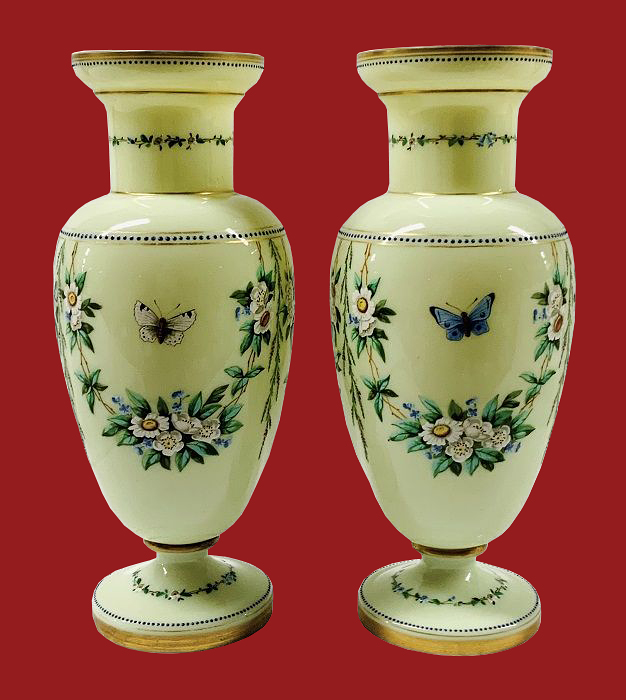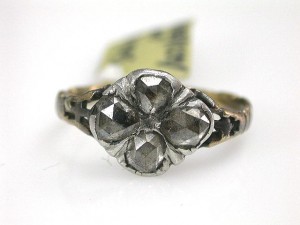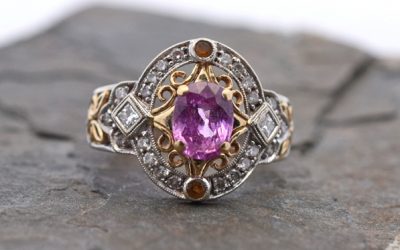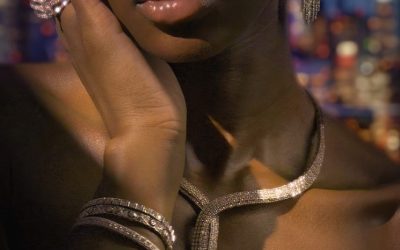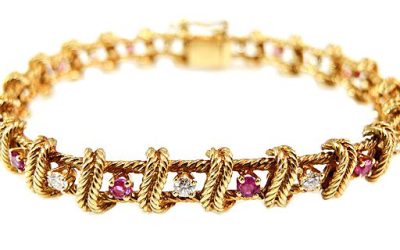Ever since that last Art Deco post I’ve been dying to write more about the history of jewellery, starting with the Georgian period. Georgian refers to jewellery made between 1714 to 1839 in England. Jewellery made during this time but outside of England is often also called Georgian because of the aesthetic similarities.
We have candle light to thank for the prevalence of diamonds. That’s right, candle light. In the early 18th Century, the manufacturers of candles designed a longer-lasting and brighter candle and thus, the elite developed a night life (or is that night light?). Lavish balls and evening parties made wearing diamonds, which were much to fancy for day time wear, acceptable and commonplace.
Following this phenomenon, the diamond industry flourished. Georgian jewellers typically set diamonds in closed back settings, cut diamonds in old mine cut or rose cut styles and almost always set the diamonds in sterling silver rather than yellow gold (white gold and platinum were not yet options); Georgian jewellers felt that the white metal complimented the diamonds appropriately.
All of these specific aesthetic considerations made Georgian jewellery distinctive. Because of their cut and setting, diamonds in Georgian jewellery look unlike diamonds today. Consider, for example, this Georgian ring.
While not at balls, Georgian women wore day time jewellery such as garnets, agate and paste.
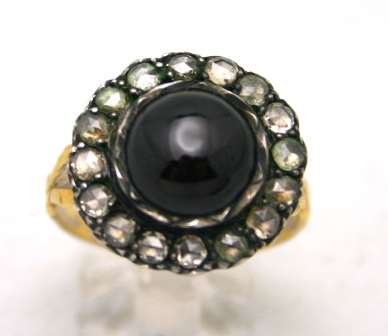
Georgian Garnet Ring

